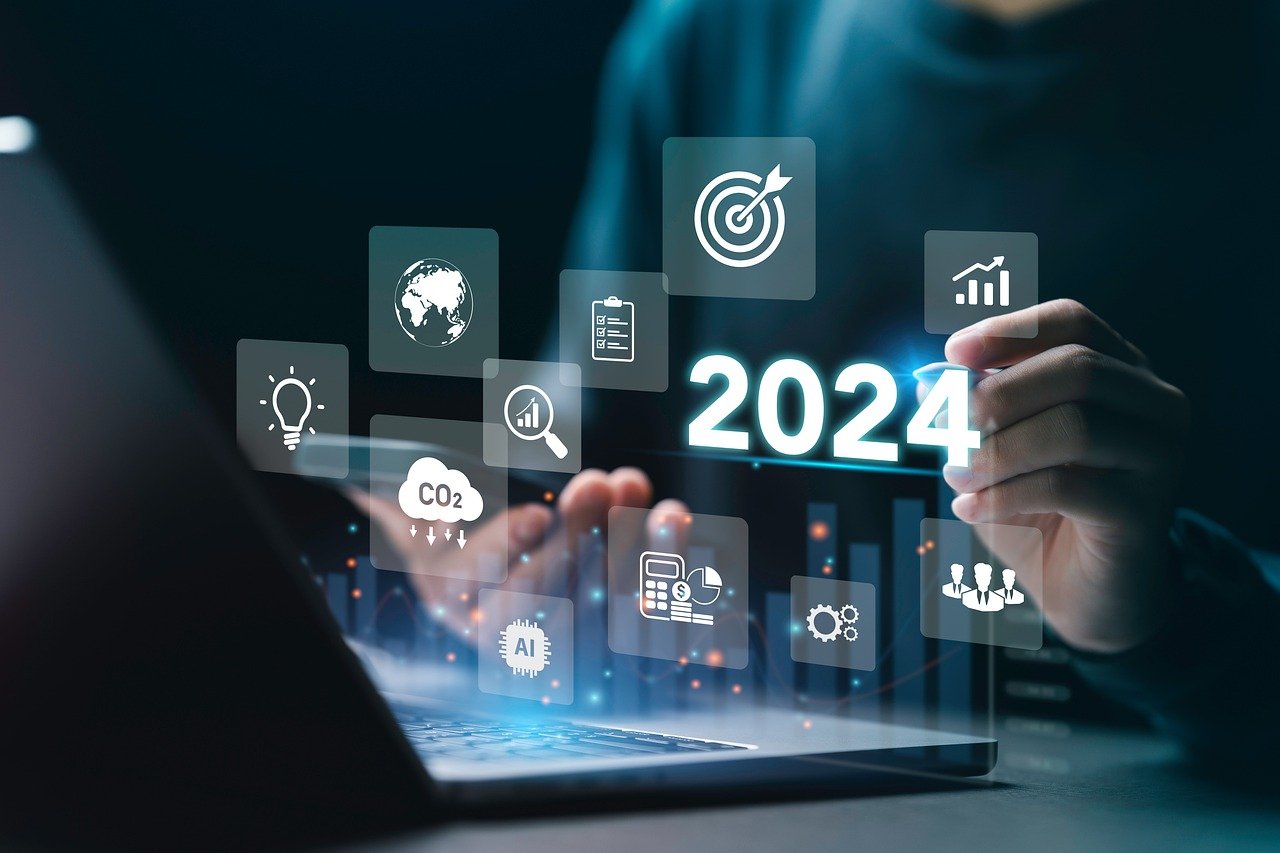The e-commerce field continues to evolve, and its impact is evident in both B2C (business-to-consumer) and B2B (business-to-business) segments. Let's look at the main differences between B2C and B2B e-commerce development and how these differences influence business strategies and customer experience.
Understanding the Target Audience
B2C e-commerce platforms typically target a broad consumer group, offering products and services to individual users. These platforms emphasize easy access, a quick purchasing process, and emotional engagement, using visually attractive designs and intuitive user interfaces.
In contrast, B2B e-commerce focuses on more specific industries or professional groups. B2B platforms must provide functionalities that meet specific business needs, such as bulk orders, customized pricing policies, and long-term customer relationship management.
Purchasing Process
In the B2C sector, the purchasing process is usually simple and quick. Consumers have various payment options available, and purchases can be completed within a few minutes.
The B2B purchasing process is often more complex and takes longer. It involves multiple approval levels, lengthy negotiations over price and delivery terms, and often requires customized solutions for each client.
Customer Relationship Management
For B2C platforms, it is important to attract and retain consumer interest using loyalty programs, personalized advertising, and customer support services.
In the B2B context, relationships with customers are deeper and long-term. Emphasis is placed on customer training, technical support, and regular communication, which helps build trust and repeat purchases.
Use of Technology
Both B2C and B2B e-commerce critically involve technology. However, technology use in the B2B sector is more complex, given the complexity of products and services. B2B platforms need to integrate ERP systems, data analytics, and customized e-commerce functions that meet specific industry requirements.
Future Challenges and Opportunities
Both sectors face their own future challenges and opportunities. In the B2C sector, the main challenge is to maintain customer attention and compete effectively. In the B2B sector, the challenge is related to optimizing the digitalization process and predicting customer needs.
Conclusion
Although B2C and B2B e-commerce platforms operate differently, both sectors need to focus on the latest technologies and improving customer experience. As digital transformation continues, companies must find ways to adapt to the changing market environment to maintain their competitiveness and promote growth.


